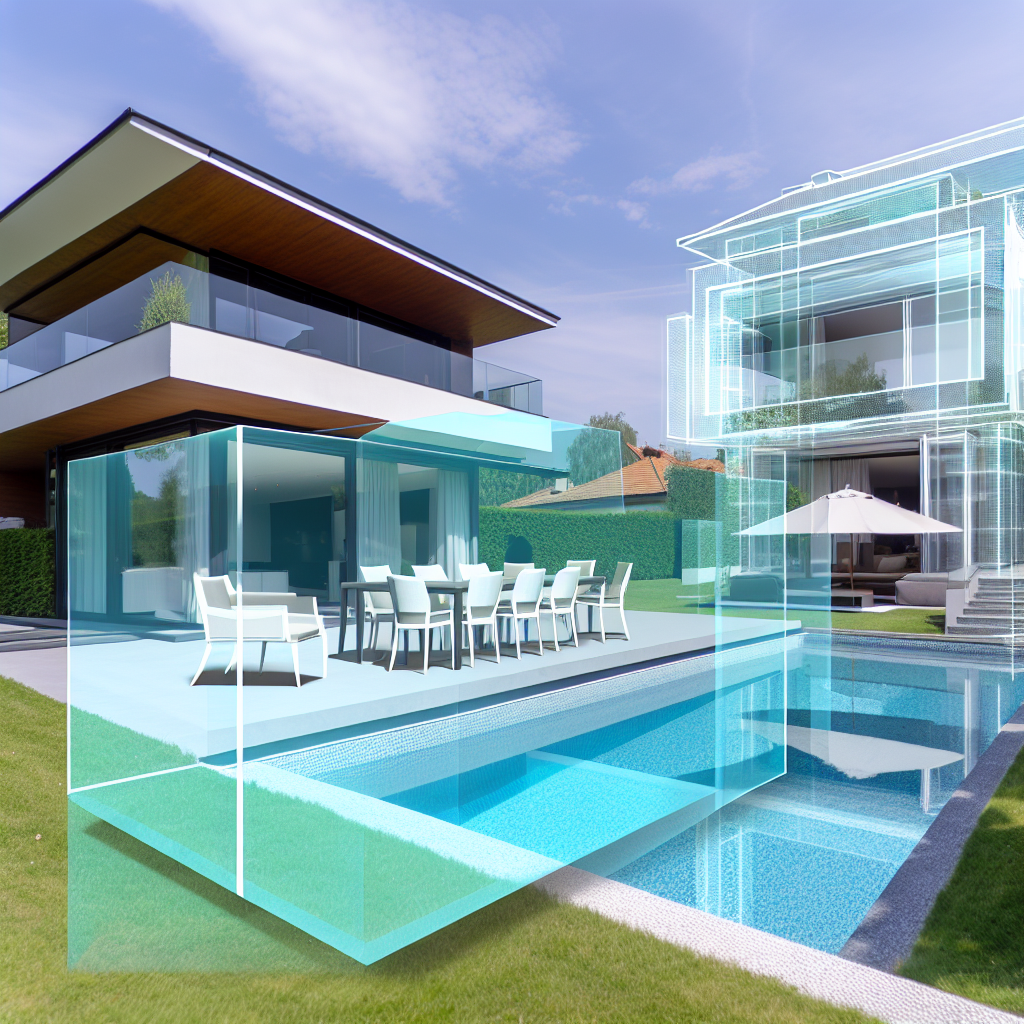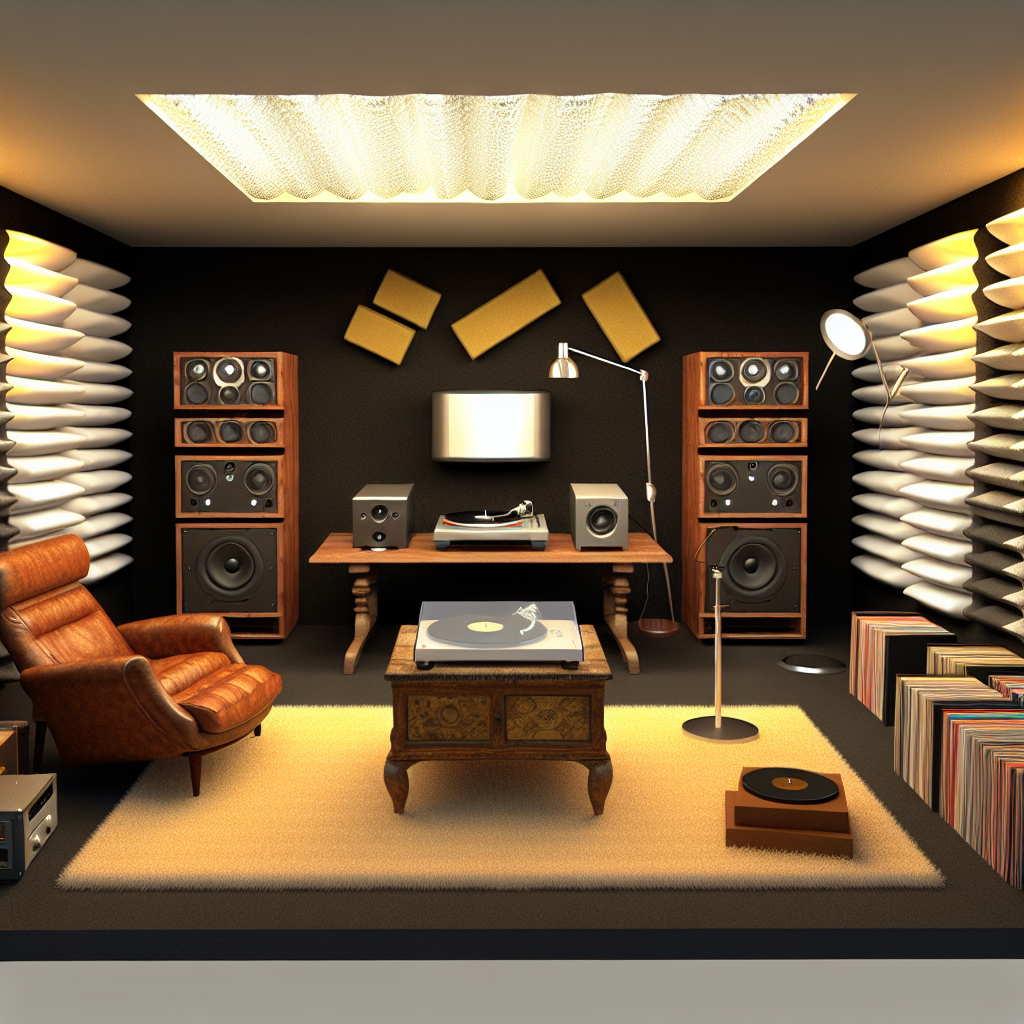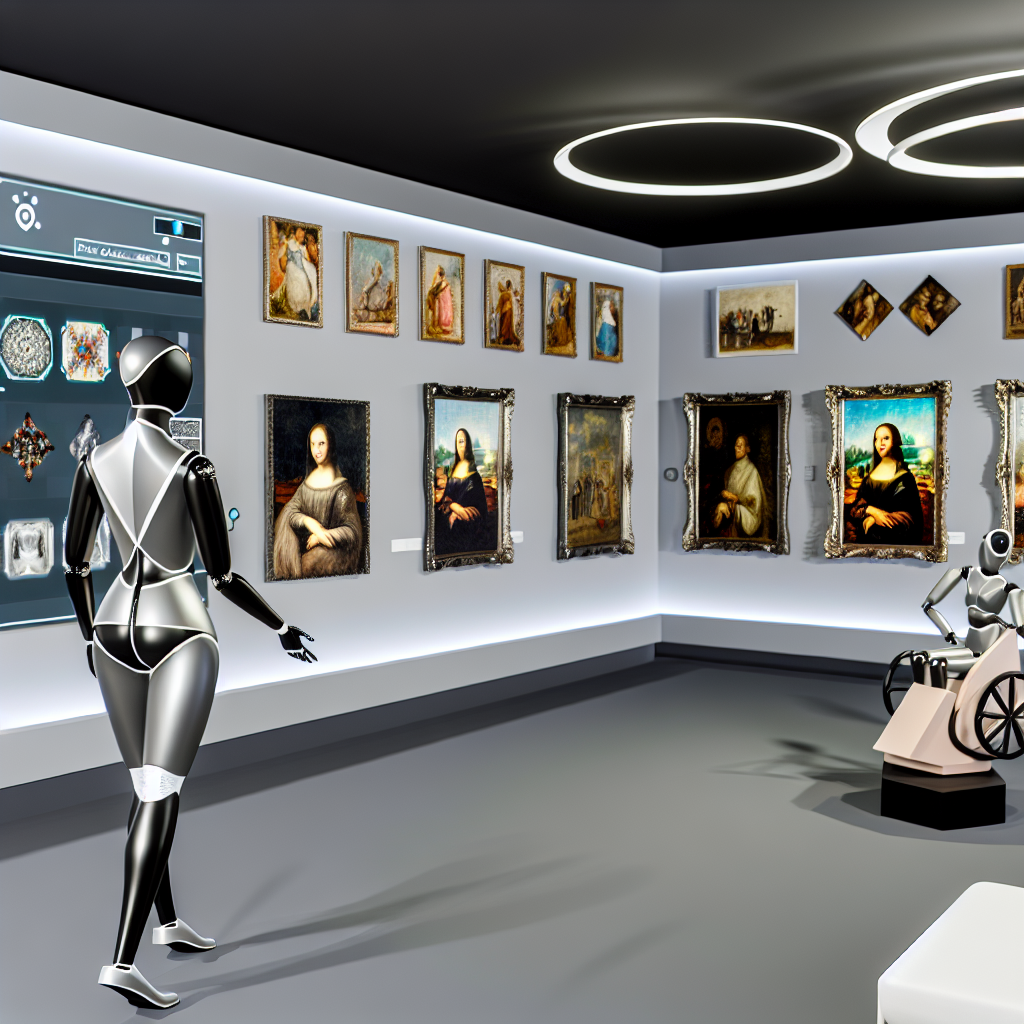The Digital Twin Revolution: Creating Virtual Replicas of Your Luxury Properties
Introduction: Embracing the Future of Lavish Living
In the evolving world of luxury real estate, innovation has become the ultimate currency. For discerning investors and high-net-worth individuals, opulence is no longer defined solely by square footage or expansive views—it’s now increasingly about immersive, tech-forward ownership experiences. One of the most fascinating advancements currently shaping the high-end property market is the emergence of digital twins: hyper-realistic virtual replicas of physical spaces that offer an entirely new dimension of interactivity, asset management, and lifestyle curation.
Digital twins aren’t just digital representations. Powered by artificial intelligence, IoT sensor integrations, and advanced 3D modeling techniques, these virtual counterparts serve as dynamic reflections of real-world environments. Originally developed for industrial purposes—from aerospace to manufacturing—this technology has seamlessly transitioned into real estate, particularly in the luxury segment. Today, forward-thinking developers and owners are leveraging digital twin technology to replicate their luxury homes, penthouses, ski chalets, and beachfront estates in high-resolution digital environments.
The appeal of a digital twin lies in its multifaceted utility. From scheduling maintenance for your Italian marble flooring to adjusting lighting based on real-time environmental conditions, these systems allow owners to intuitively interact with every facet of a property from anywhere in the world. Imagine being halfway across the globe and still being able to walk through your Aspen villa, check the temperature of your wine cellar, or experience a live render of renovations before they happen—all with exquisite, near-photorealism.
Beyond personal convenience, digital twins also serve as invaluable tools for asset optimization and sustainability. High-net-worth clients now expect seamless integration between smart functionality and aesthetic luxury. Whether it’s monitoring energy performance or hosting digital events in a virtual rendering of your space, the digital twin becomes a living, evolving part of the property’s identity.
As the metaverse and Web3 technologies gain momentum, luxury brands and property developers are leaning into the digital twin revolution as a cornerstone of future-forward living. In this new era, owning an extraordinary home isn’t enough—it must live and evolve with you in both the physical and virtual worlds.
Behind the Luxury: What Powers the Digital Twin Movement?
The digital twin concept has its roots in the early 2000s with NASA’s use of simulation for spacecraft. Today, it’s backed by advanced developments in AI, data analytics, cloud computing, and remote sensing technologies. Studies from the likes of Deloitte and McKinsey & Company highlight how digital twins offer enhanced operational efficiency, predictive maintenance, and a seamless user experience—key priorities in luxury property management.
According to a 2021 Forbes article, digital twin technology is expected to become a $48 billion industry by 2026 (source). This growth is being driven not only by its efficacy in asset management but also its ability to create new levels of personalization for users. For luxury property owners, this means crafting a space that not only meets their current tastes but evolves with them.
From Medicine to Mansions: Cross-Industry Innovation Fuels Real Estate Precision
The medical world has also contributed to the development of digital twins. Institutions like Harvard Medical School and Siemens Healthineers have utilized digital simulation to replicate human organs and processes, laying the groundwork for precision modeling. This cross-pollination of technological advancement in precision digital modeling has escalated the potential for equally sophisticated applications in home and estate replication.
The architecture and building engineering sectors are adapting these innovations with staggering results. Digital twins allow architects to create real-time simulations during the planning and development stages of a high-end property. A study by MIT’s Digital Structures Research Group found that adaptive modeling could reduce energy costs and material waste by up to 30% during construction (source). This level of precision and efficiency is particularly persuasive in the luxury development realm, where sustainability intersects with exclusivity.
Elite Control: Luxury Property Management Reinvented
For estate managers and concierge services overseeing multiple properties, digital twins offer a centralized control system. Integration with building management systems enables predictive analytics that ensure HVAC, lighting, and even art preservation systems are running optimally. For example, if humidity levels spike in a gallery wing of your estate, the digital twin can automatically trigger alerts or corrective actions to preserve multi-million-dollar art collections.
Digital twins also empower personal assistants, interior designers, and real estate professionals with a fully interactive model of the estate at their fingertips. Imagine being able to preview how a new chandelier affects ambient lighting or test out five different interior design schemes before committing—instantly and remotely.
Virtual Luxury: Where Branding, Events, and the Metaverse Converge
In the entertainment space, celebrities and influential digital creators are utilizing digital twins for branded virtual walkthroughs and events. From crypto-funded virtual real estate to fashion week afterparties in Metaverse duplicates of palatial estates, the possibilities for monetization and brand expansion are both endless and exclusive.
Luxury fashion houses and high-end brands are also embracing these digitized spaces to host VIP-only digital events, influencer campaigns, and unveiling experiences in bespoke virtual environments that mirror elite physical residencies. For the ultra-wealthy, the digital twin isn’t just a utility—it’s an extension of personal and public identity.
Conclusion: A Virtual Renaissance of Real Estate Elegance
As the line between the physical and digital continues to blur, luxury living is undergoing a bold transformation. Digital twin technology marks the dawn of an era where property is not only a tangible asset but a living, evolving digital companion. For elite buyers and lifestyle connoisseurs, this is more than innovation—it’s the new standard of immersive indulgence, curated convenience, and infinite control. Welcome to the luxurious future of real estate.
Concise Summary:
Digital twins, hyper-realistic virtual replicas of physical spaces, are revolutionizing luxury real estate. These AI-powered, IoT-integrated 3D models offer unprecedented interactivity, asset management, and personalization for high-net-worth individuals. From predictive maintenance to virtual events, digital twins are transforming the future of lavish living by merging the physical and digital realms.
References:
[1] Forbes – The Rise of Digital Twin Technology: https://www.forbes.com/sites/forbestechcouncil/2021/09/01/the-rise-of-digital-twin-technology/?sh=41d185ad528c
[2] MIT Digital Structures Group: https://digitalstructures.mit.edu/
[3] Deloitte – Seeing Double: Digital Twins in Real Estate: https://www2.deloitte.com/us/en/pages/real-estate/articles/seeing-double-digital-twins-in-real-estate.html
[4] McKinsey & Company – The Essential Role of Digital Twins in the Built Environment: https://www.mckinsey.com/business-functions/operations/our-insights/the-essential-role-of-digital-twins-in-the-built-environment
[5] Siemens Healthineers – Digital Twin in Healthcare: https://www.siemens-healthineers.com/insights/news/digital-twin-for-healthcare

Dominic E. is a passionate filmmaker navigating the exciting intersection of art and science. By day, he delves into the complexities of the human body as a full-time medical writer, meticulously translating intricate medical concepts into accessible and engaging narratives. By night, he explores the boundless realm of cinematic storytelling, crafting narratives that evoke emotion and challenge perspectives. Film Student and Full-time Medical Writer for ContentVendor.com




